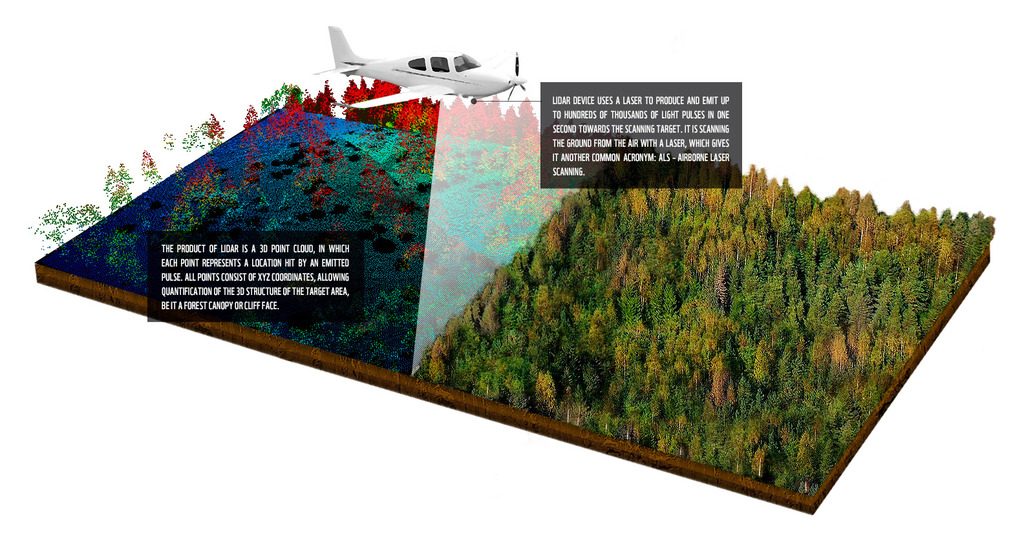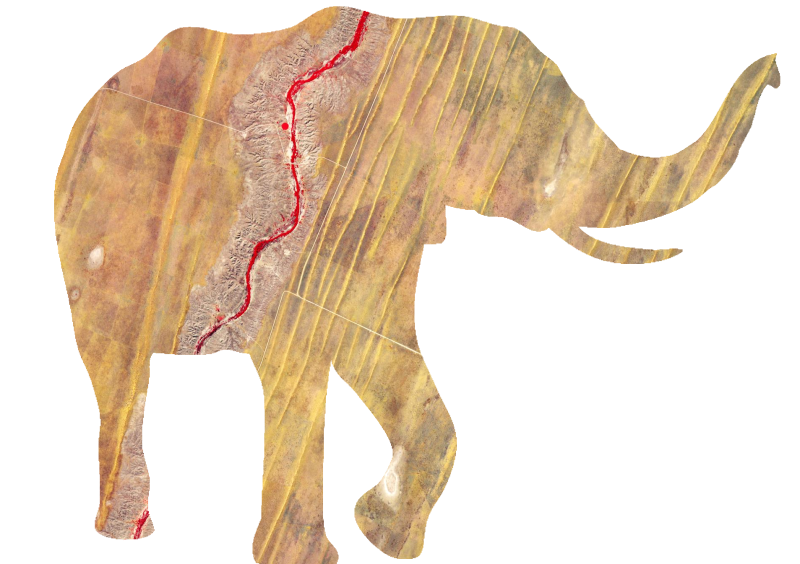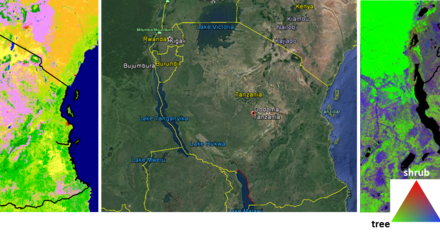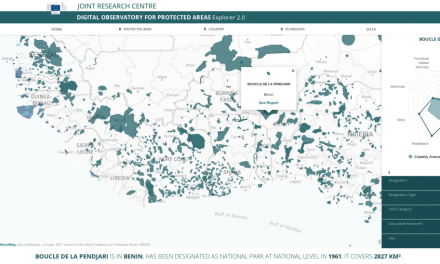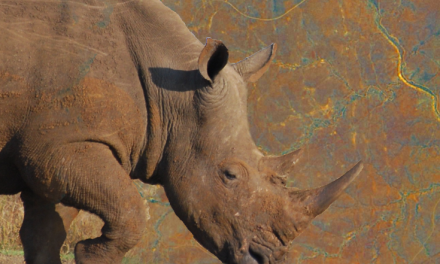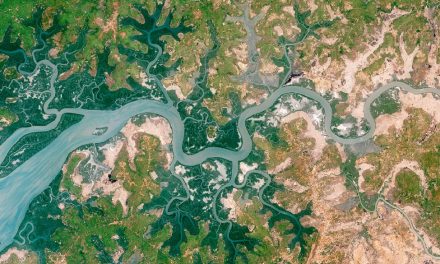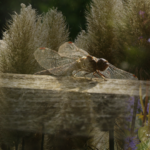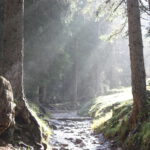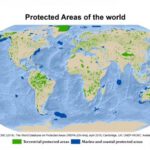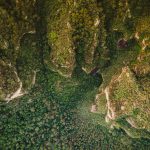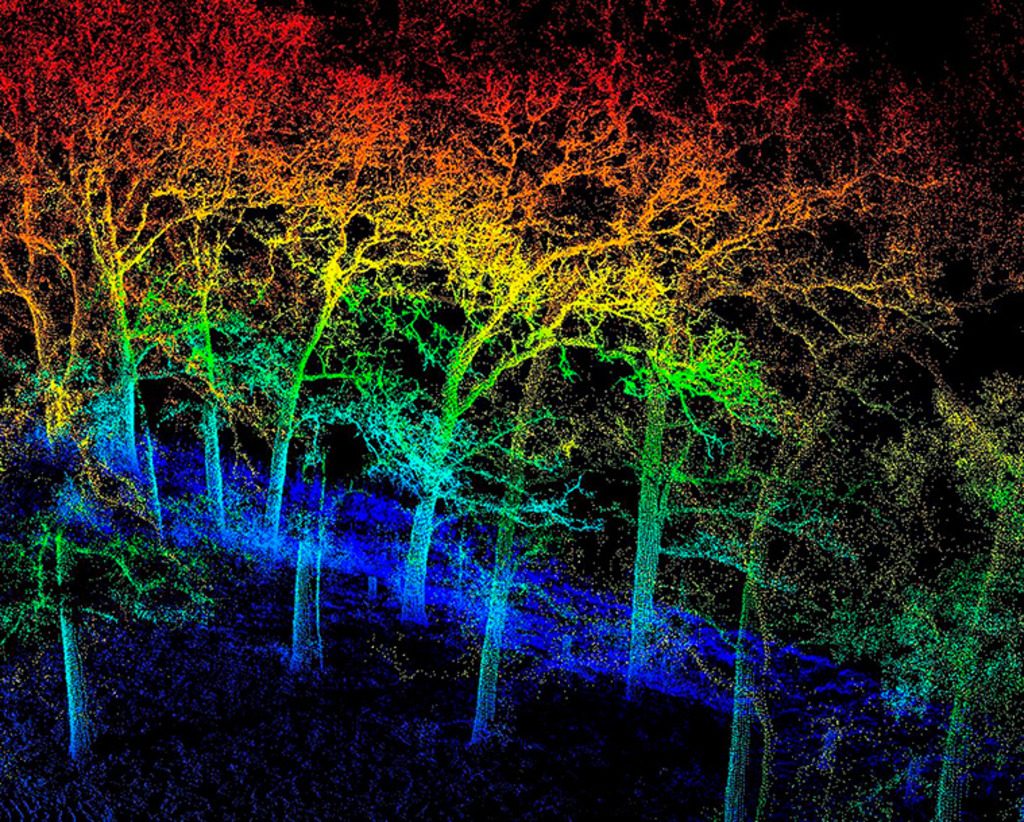 WWF-UK has compiled easy-to-read guidelines related to the practical use of LiDAR remote sensing in conservation and ecological research. The main argument behind creating these guidelines was that as vegetation and terrain structure has been known to determine habitat quality, lidar could/should be used more widely in these disciplines as it provides data about this structure on a sub-meter scale. Especially since nowadays numerous countries are making their nationwide lidar datasets open-access.
WWF-UK has compiled easy-to-read guidelines related to the practical use of LiDAR remote sensing in conservation and ecological research. The main argument behind creating these guidelines was that as vegetation and terrain structure has been known to determine habitat quality, lidar could/should be used more widely in these disciplines as it provides data about this structure on a sub-meter scale. Especially since nowadays numerous countries are making their nationwide lidar datasets open-access.
In a nutshell, the guidelines introduce lidar, help one decide if it is right for their needs and then provide key information needed when using it: programs to use, what have other people done with it, where to get data etc. The given information should be useful regardless of experience levels, so whether you are a newbie that wants a basic introduction, a highly skilled professional that is primarily interested in ideas for research or a curious citizen scientist wanting to ask questions, this might just suit you. All the material is found from the newly launched webpages: https://www.wwf.org.uk/conservationtechnology/ where you will also find useful FAQs (this is the one for lidar): https://www.wwf.org.uk/conservationtechnology/lidar-faq.html
That provide basic information on each of the conservation technologies (lidar, camera trapping, acoustic monitoring). The FAQ is most suited for those who are new to the technology and interested in learning whether it might be suitable for their needs. All of the guidelines are also available as peer-reviewed pdf files: https://www.wwf.org.uk/conservationtechnology/documents/Lidar-WWF-guidelines.pdf
You may distribute the web-page and the guidelines and use them as you wish for any teaching/research/general purposes as this is what we ultimately hope you to do. Kind regards on behalf of WWF, Dr. Markus Melin mmelin@bournemouth.ac.uk (https://www.researchgate.net/profile/Markus_Melin)
